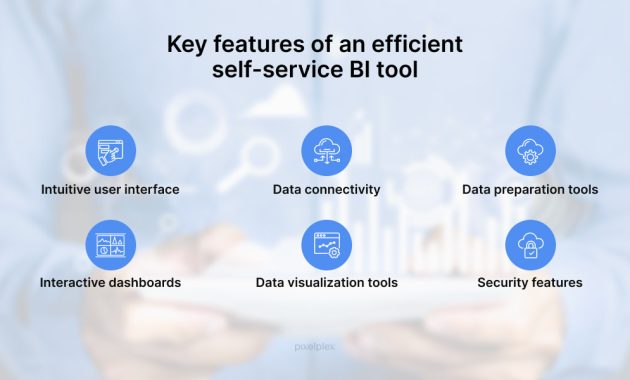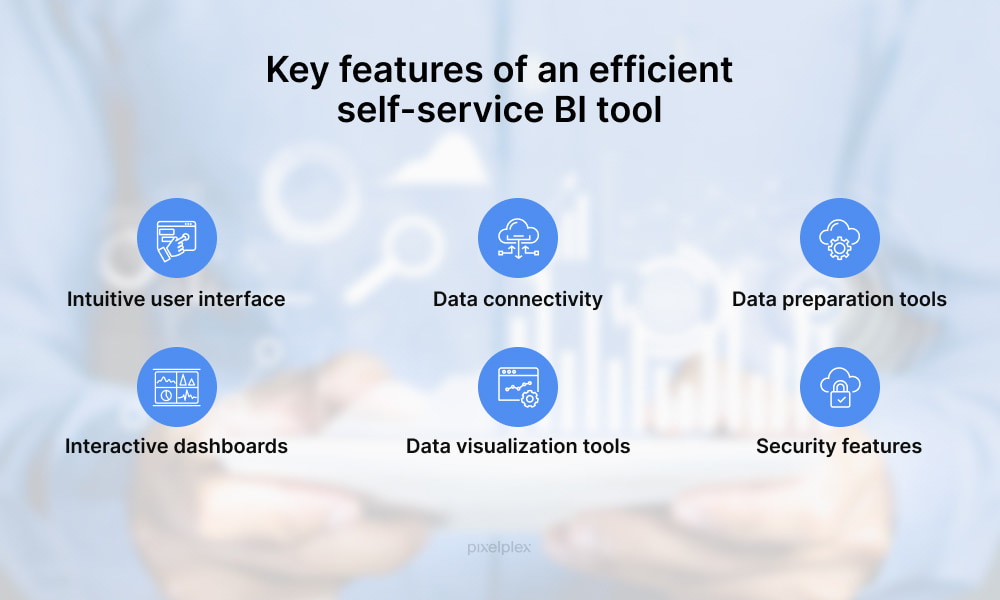
How BI Tools Help You Optimize Energy Use: A Data-Driven Approach
In an era defined by sustainability and rising operational costs, businesses across all sectors are under increasing pressure to optimize their energy consumption. The good news? Business Intelligence (BI) tools offer a powerful, data-driven approach to tackling this challenge. This article delves into how BI tools help you optimize energy use, providing actionable insights and strategies for a more sustainable and cost-effective future. By harnessing the power of data analytics, organizations can transform their energy management practices and achieve significant improvements. The focus is on practical applications and real-world examples, demonstrating the tangible benefits of integrating BI into energy optimization strategies.
Understanding the Energy Optimization Challenge
Energy optimization is not merely a matter of reducing consumption; it’s about using energy resources efficiently and effectively. This involves understanding energy usage patterns, identifying inefficiencies, and implementing strategies to minimize waste. The challenge is complex, encompassing various factors such as building infrastructure, equipment performance, operational practices, and external environmental conditions. Traditional methods of energy management, often relying on manual data collection and analysis, can be time-consuming, error-prone, and lack the depth of insights needed for effective decision-making. The need for a more sophisticated approach has become increasingly apparent.
The Role of BI Tools in Energy Optimization
BI tools provide the advanced analytics and visualization capabilities necessary to overcome the limitations of traditional energy management approaches. They enable organizations to collect, integrate, analyze, and visualize energy-related data from various sources, including smart meters, building management systems (BMS), and weather data. This comprehensive view of energy consumption allows for a deeper understanding of usage patterns and the identification of areas for improvement. The ability to generate interactive dashboards, reports, and alerts empowers decision-makers to make informed choices and respond quickly to changing conditions. With BI, energy optimization becomes a proactive, data-driven process.
Key Benefits of Using BI Tools for Energy Optimization
- Enhanced Data Visibility: BI tools centralize and integrate energy data from diverse sources, providing a holistic view of energy consumption across an organization.
- Identification of Energy Inefficiencies: Advanced analytics can pinpoint areas where energy is being wasted, such as equipment operating inefficiently or buildings experiencing excessive energy leakage.
- Improved Decision-Making: Interactive dashboards and reports enable data-driven decision-making, allowing managers to make informed choices about energy usage.
- Cost Reduction: By optimizing energy consumption, organizations can significantly reduce their energy bills and operational costs.
- Sustainability and Environmental Benefits: Reducing energy consumption contributes to a smaller carbon footprint and supports environmental sustainability goals.
- Real-time Monitoring and Alerts: BI tools can provide real-time monitoring of energy usage and send alerts when anomalies or inefficiencies are detected.
Implementing BI Tools: A Step-by-Step Guide to Optimize Energy Use
Successfully integrating BI tools for energy optimization requires a strategic approach. The following steps outline a practical implementation plan:
- Define Objectives and Goals: Clearly define energy optimization goals and key performance indicators (KPIs). This includes identifying specific areas for improvement and setting measurable targets.
- Data Collection and Integration: Gather energy data from all relevant sources, including smart meters, BMS, and other data streams. Ensure data is standardized and integrated into a central repository.
- Choose the Right BI Tool: Select a BI tool that meets the organization’s specific needs and requirements. Consider factors such as scalability, ease of use, and integration capabilities.
- Develop Dashboards and Reports: Create interactive dashboards and reports that visualize energy consumption data and highlight key insights.
- Analyze Data and Identify Inefficiencies: Use the BI tool to analyze energy data, identify inefficiencies, and pinpoint areas for improvement.
- Implement Energy-Saving Measures: Based on the analysis, implement energy-saving measures, such as upgrading equipment, optimizing building controls, or changing operational practices.
- Monitor and Evaluate Results: Continuously monitor energy consumption and evaluate the effectiveness of the implemented measures. Make adjustments as needed to optimize energy usage.
Real-World Examples of BI Tools in Action to Optimize Energy Use
Several organizations have successfully leveraged BI tools to optimize their energy consumption. These case studies highlight the practical benefits and demonstrate the transformative power of data-driven energy management:
- Manufacturing Plant: A manufacturing plant used BI tools to monitor energy consumption across its production lines. By identifying energy-intensive processes and optimizing machine operations, the plant reduced its energy costs by 15%.
- Commercial Building: A commercial building implemented a BI solution to monitor its HVAC system and lighting. The system automatically adjusted settings based on occupancy and weather conditions, resulting in a 20% reduction in energy consumption.
- Retail Chain: A retail chain used BI to analyze energy usage across its stores. By identifying stores with high energy consumption and implementing energy-saving measures, the chain reduced its overall energy costs and improved its sustainability profile.
Advanced Analytics and Predictive Capabilities
Beyond basic reporting and dashboards, BI tools offer advanced analytics capabilities that can significantly enhance energy optimization efforts. Predictive analytics, for example, can forecast energy consumption based on historical data, weather patterns, and other relevant factors. This allows organizations to proactively manage their energy usage, anticipate peak demand, and optimize their energy procurement strategies. Machine learning algorithms can also be used to identify hidden patterns and correlations in energy data, leading to deeper insights and more effective optimization strategies. The use of advanced analytics is a key differentiator in achieving substantial energy savings.
Overcoming Challenges and Maximizing Success
While BI tools offer significant benefits, organizations must address potential challenges to maximize their success. These include data quality issues, integration complexities, and the need for skilled personnel. Ensuring data accuracy and completeness is critical for reliable analysis and decision-making. Proper integration of data from various sources requires careful planning and technical expertise. Training and upskilling employees on the use of BI tools and data analysis techniques are essential for effective implementation. The adoption of a well-defined strategy and a commitment to continuous improvement are also crucial for long-term success. Overcoming these challenges requires a proactive approach and a focus on data-driven insights.
The Future of Energy Optimization with BI Tools
The future of energy optimization is inextricably linked to the continued advancement of BI tools and data analytics. As technology evolves, BI tools will become even more sophisticated, offering new capabilities and insights. The integration of artificial intelligence (AI) and machine learning will further enhance predictive analytics and automation, enabling organizations to optimize their energy usage with greater precision and efficiency. The trend toward smart grids and the Internet of Things (IoT) will also provide more data sources and opportunities for optimization. The ability to analyze and interpret vast amounts of data will be key to unlocking the full potential of BI tools in the energy sector. The adoption of these technologies will play a crucial role in shaping a more sustainable energy future.
Conclusion: Harnessing Data for a Sustainable Future
BI tools are essential for organizations seeking to optimize their energy use and reduce their environmental impact. By providing a comprehensive view of energy consumption, enabling data-driven decision-making, and facilitating proactive energy management, BI tools empower businesses to achieve significant cost savings and contribute to a more sustainable future. The examples and strategies discussed in this article demonstrate the practical benefits of integrating BI into energy optimization initiatives. Embracing a data-driven approach is no longer a luxury but a necessity for organizations committed to efficiency and sustainability. The journey toward optimized energy use begins with the strategic implementation of BI tools and a commitment to continuous improvement. [See also: Related Article Titles]

